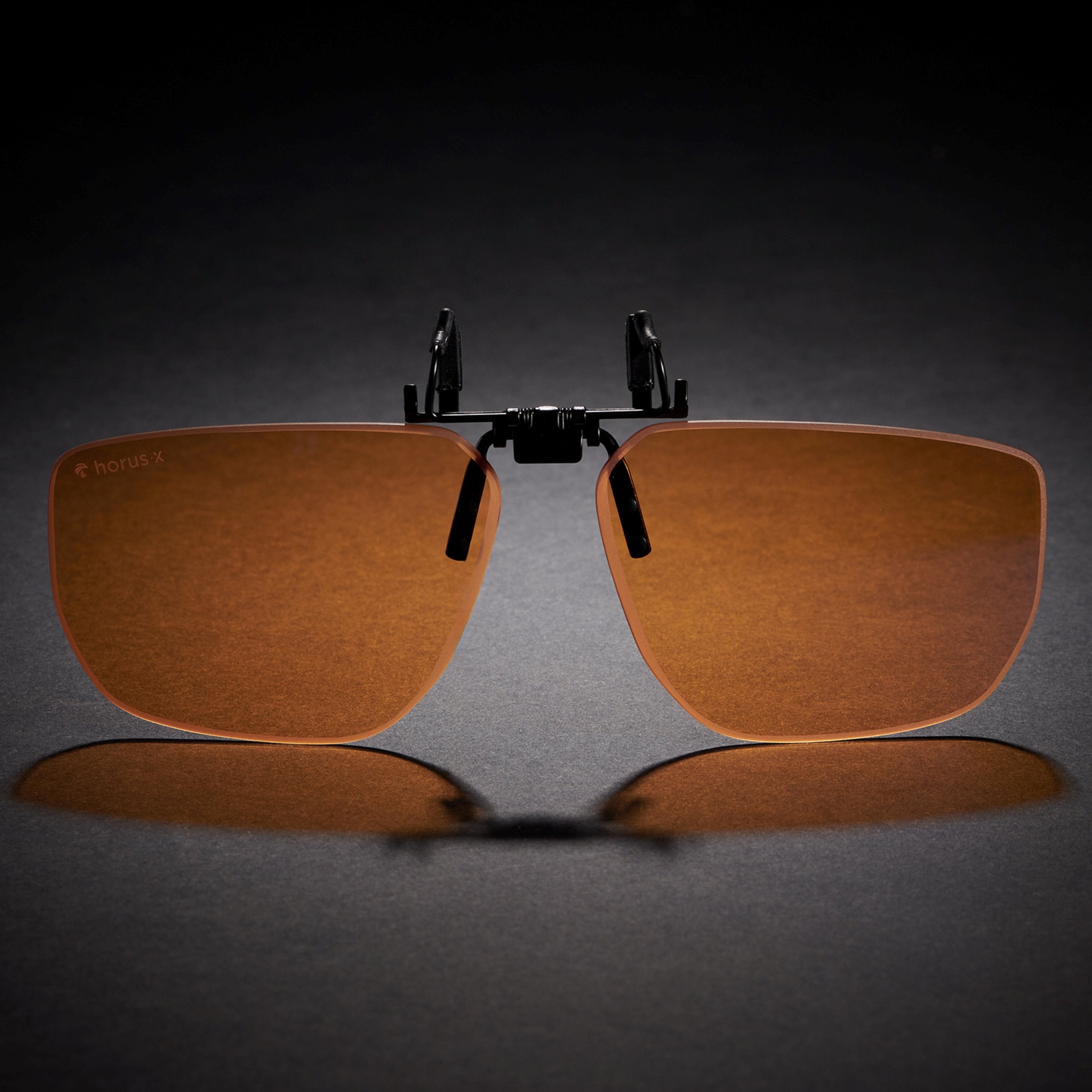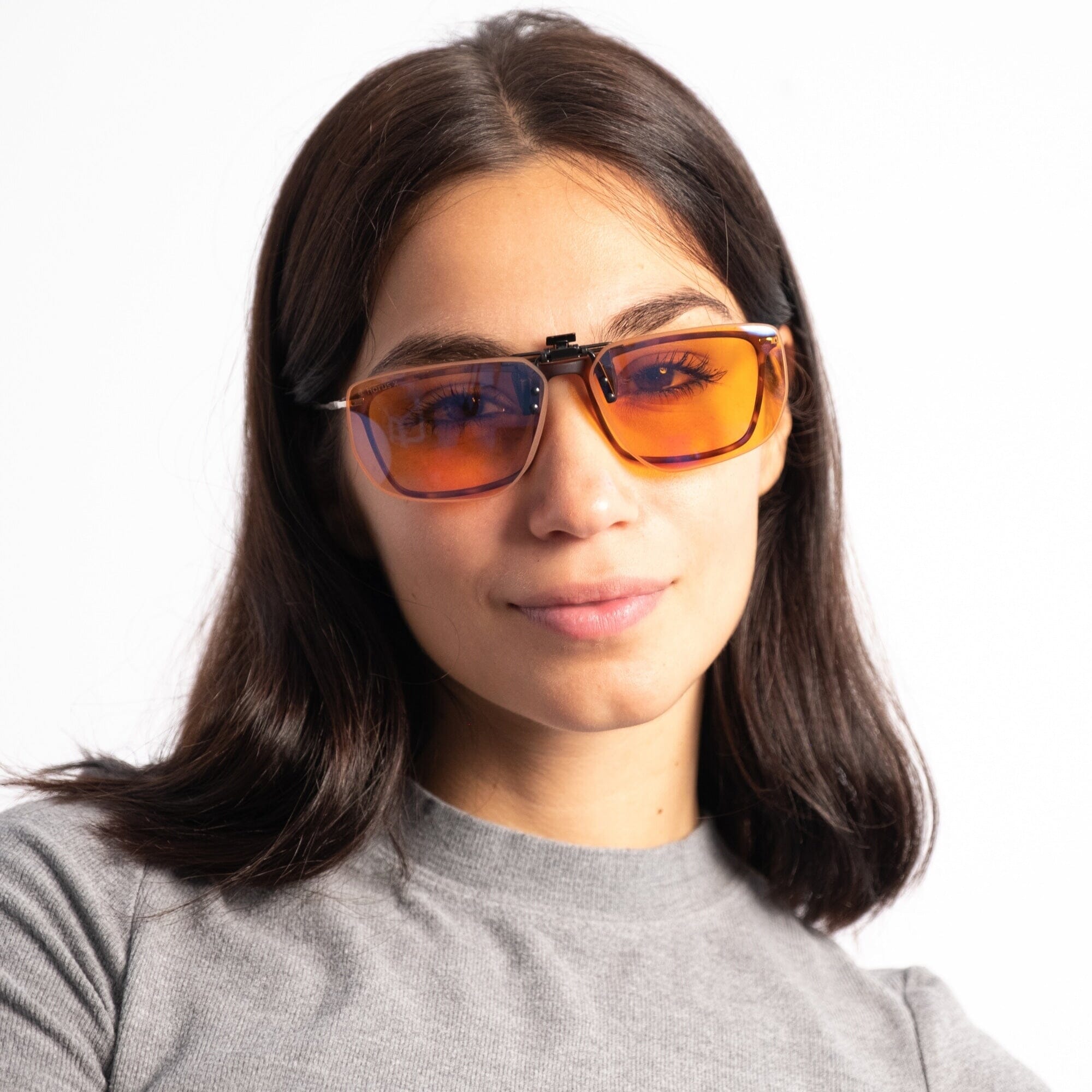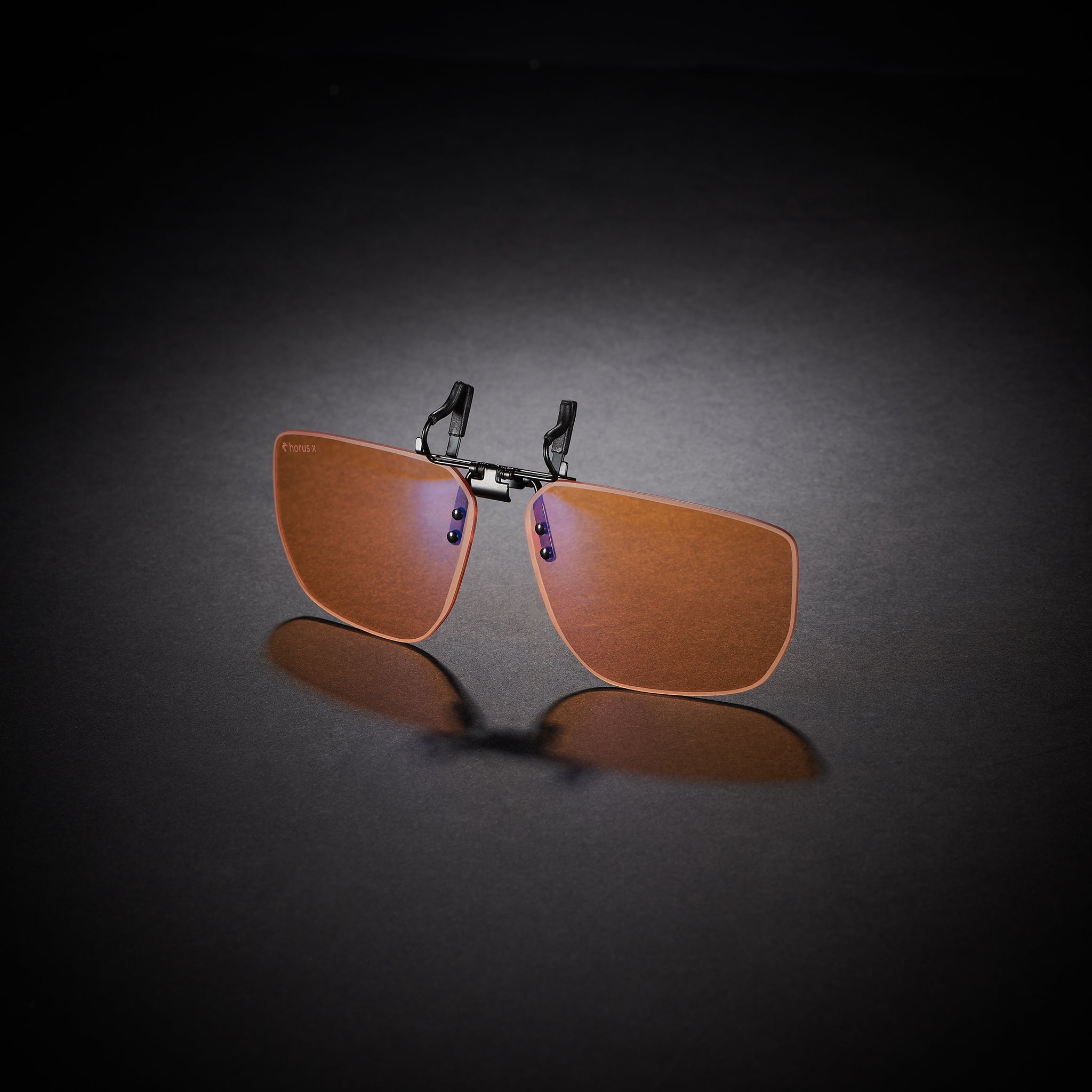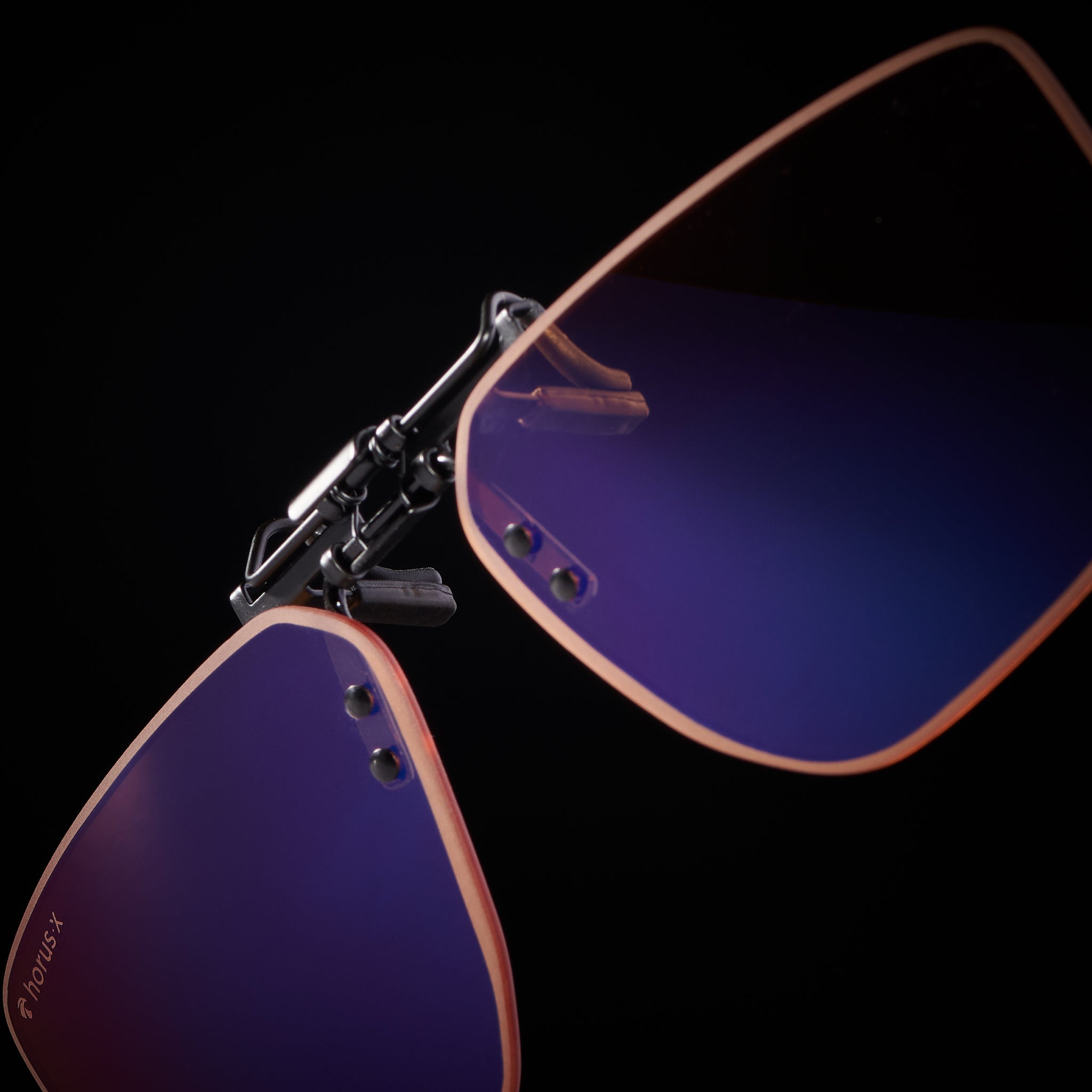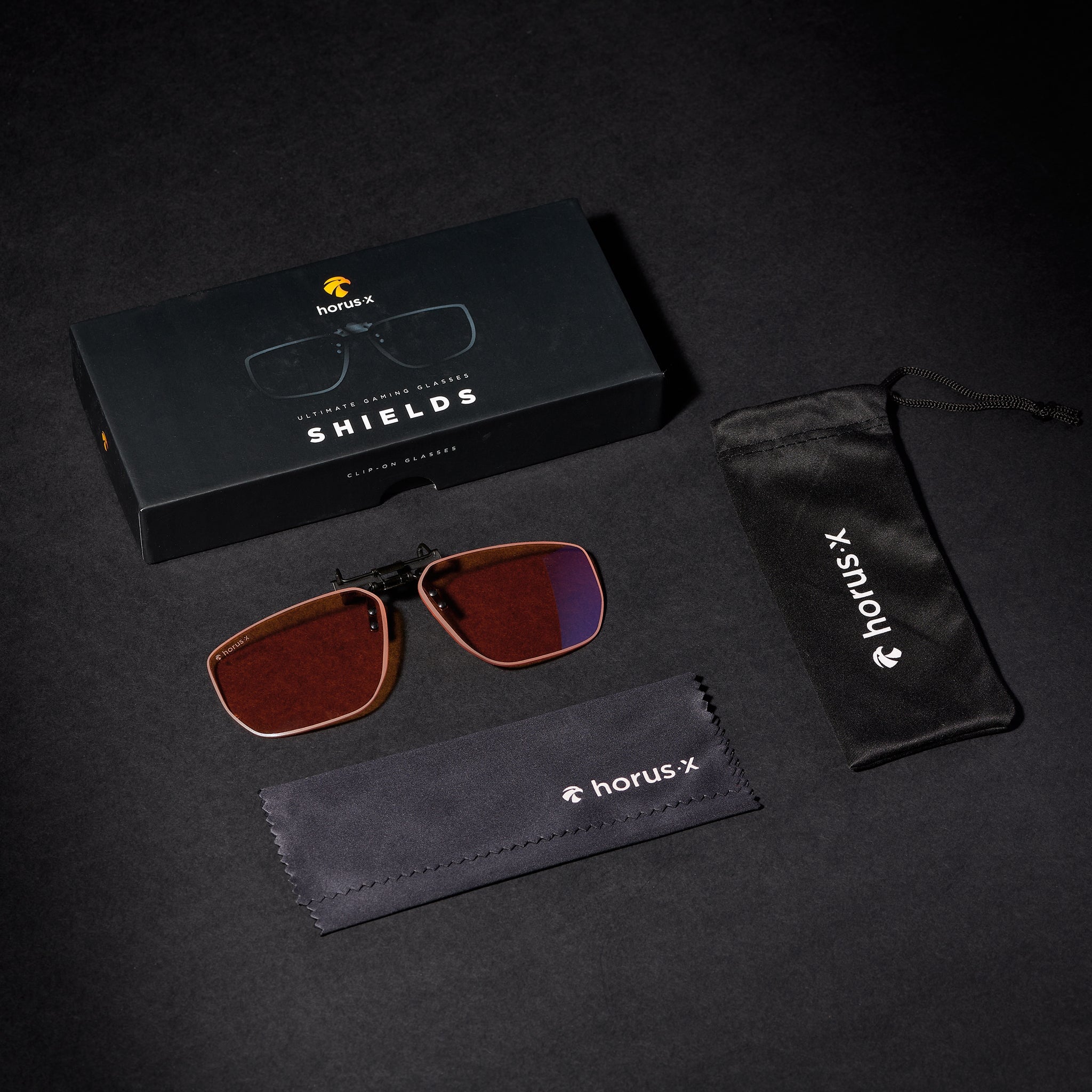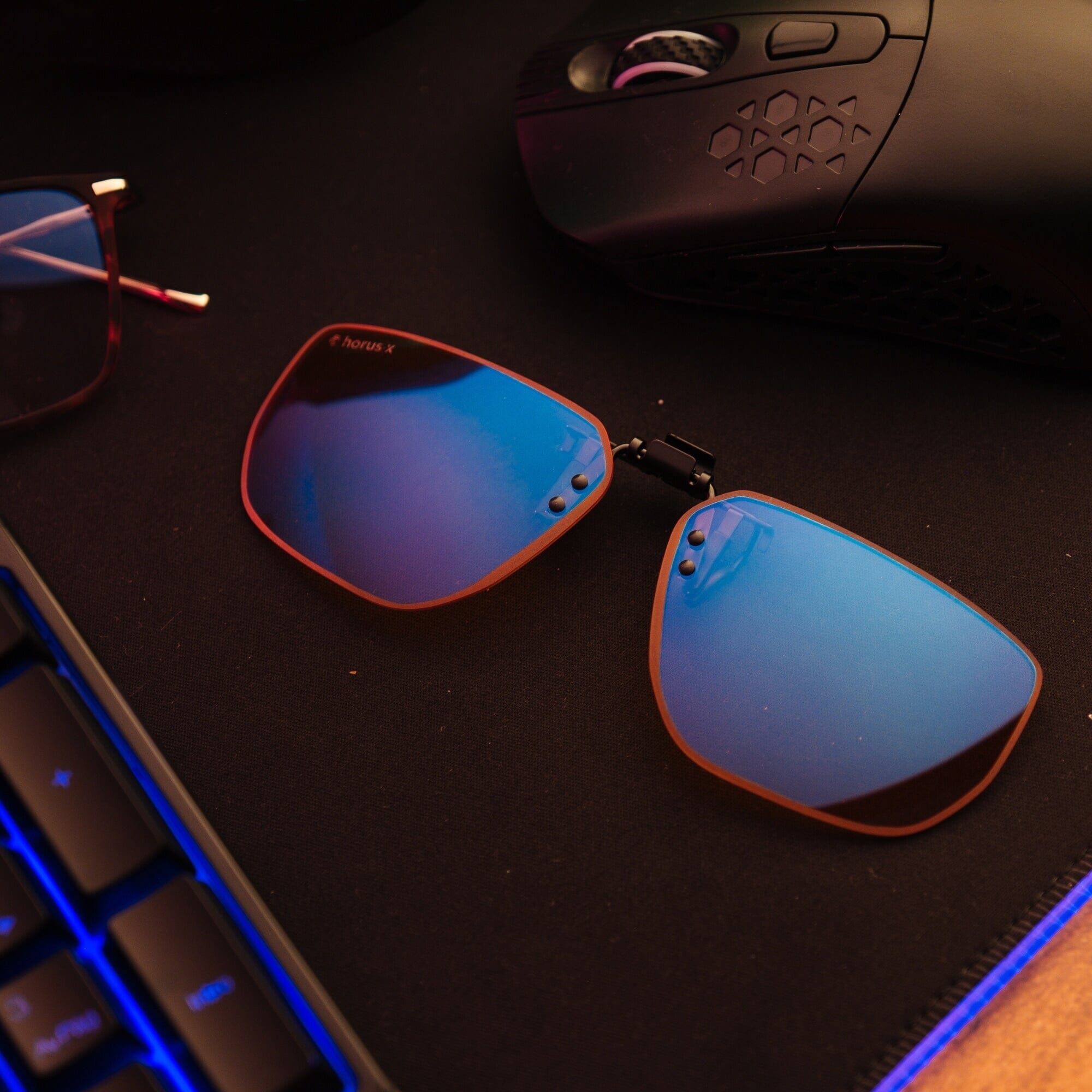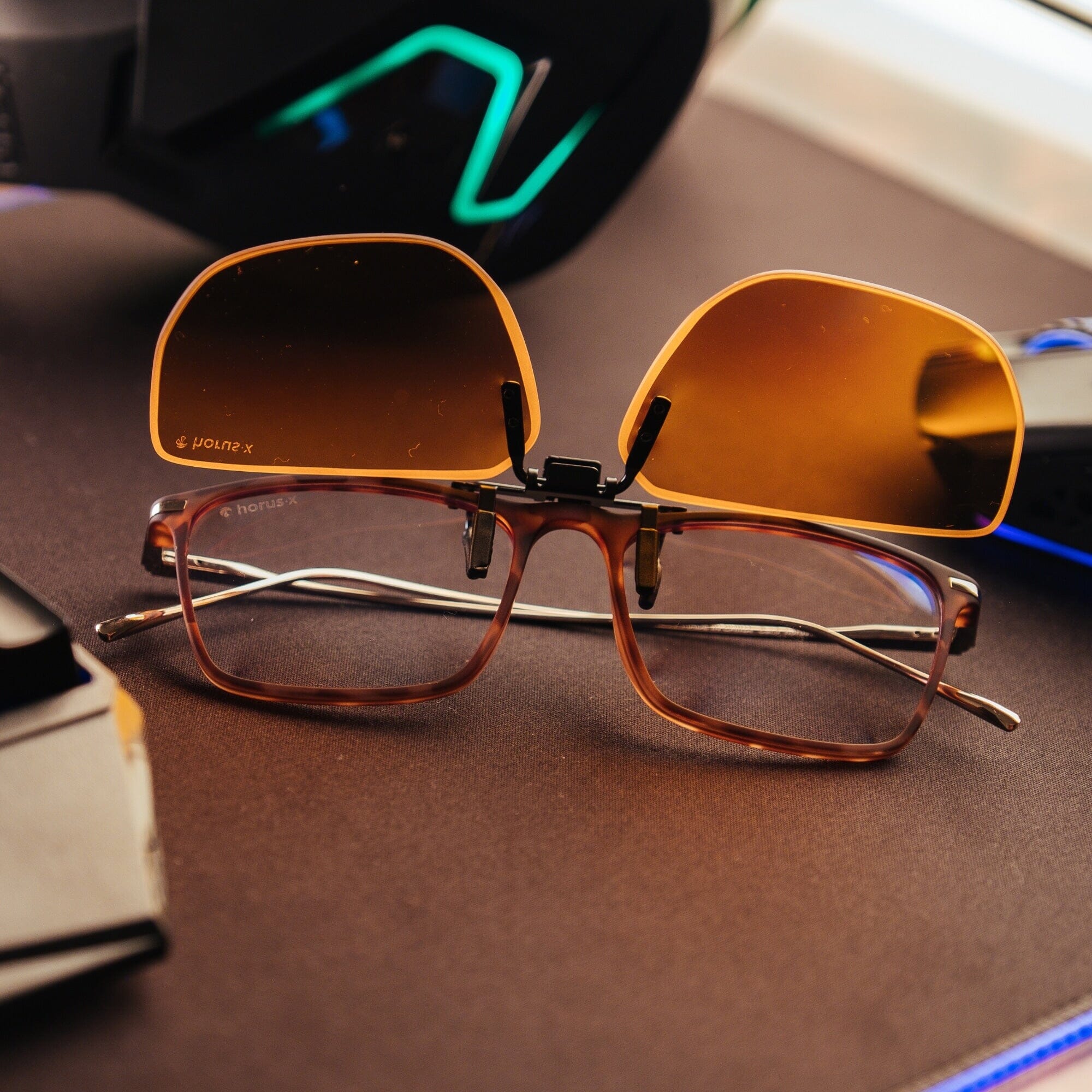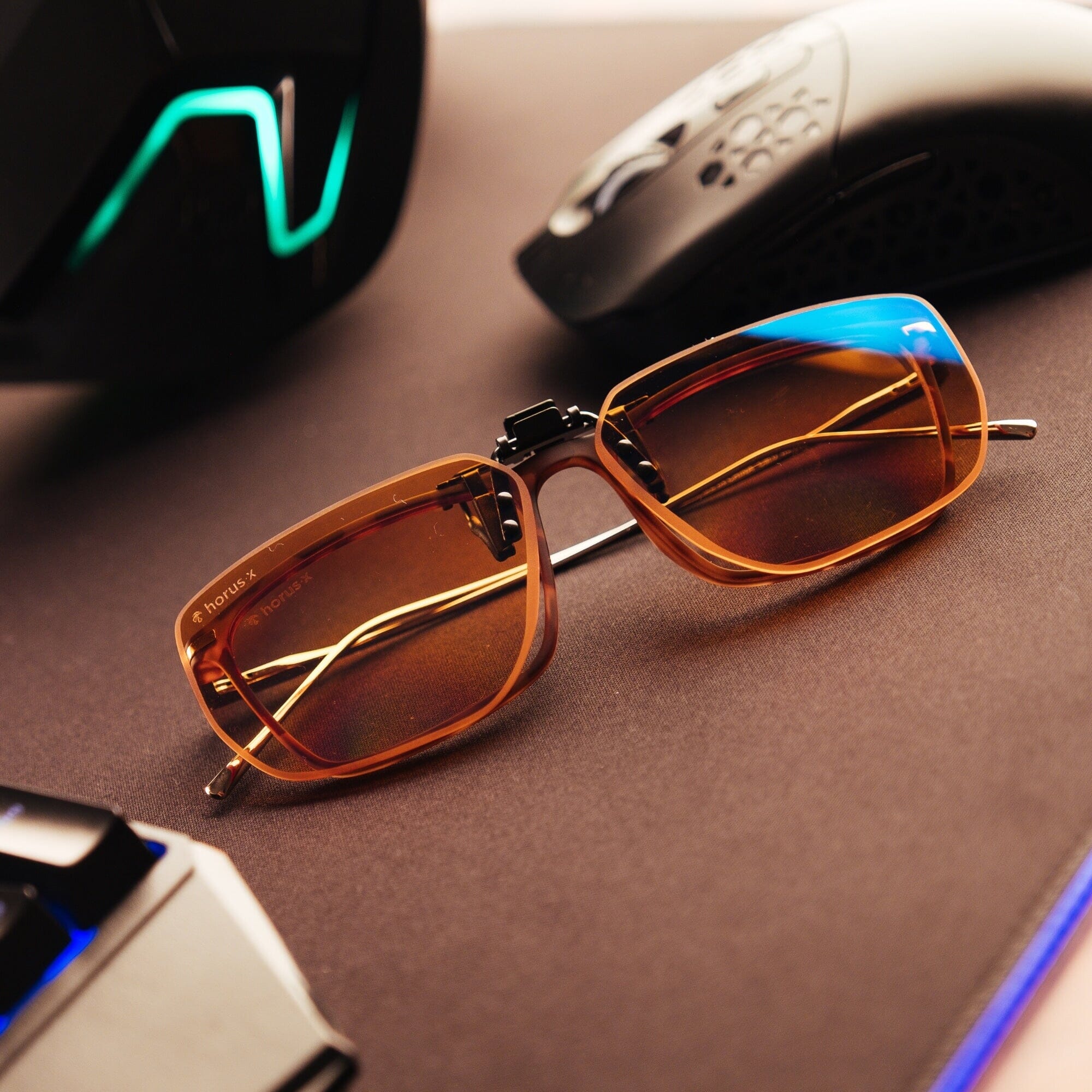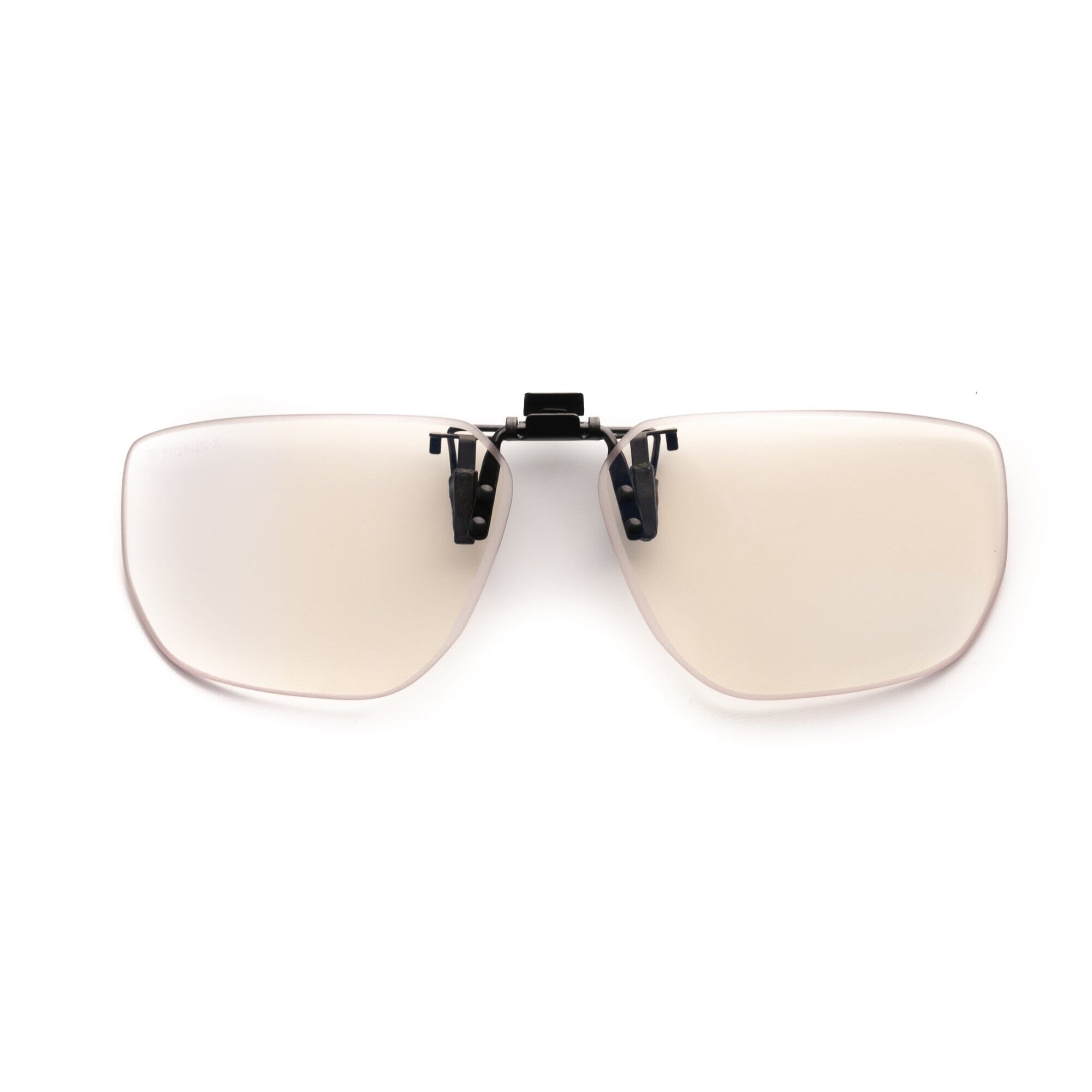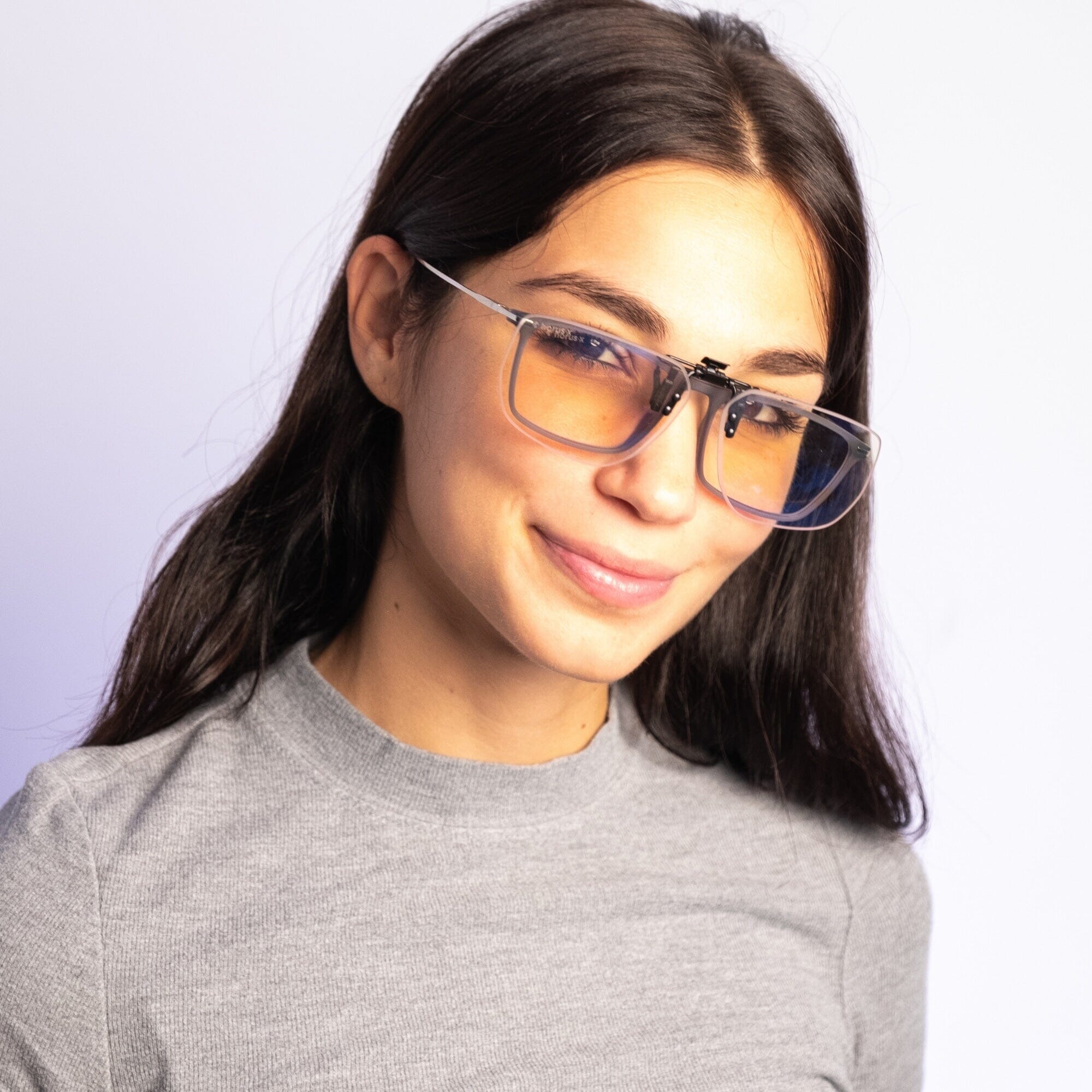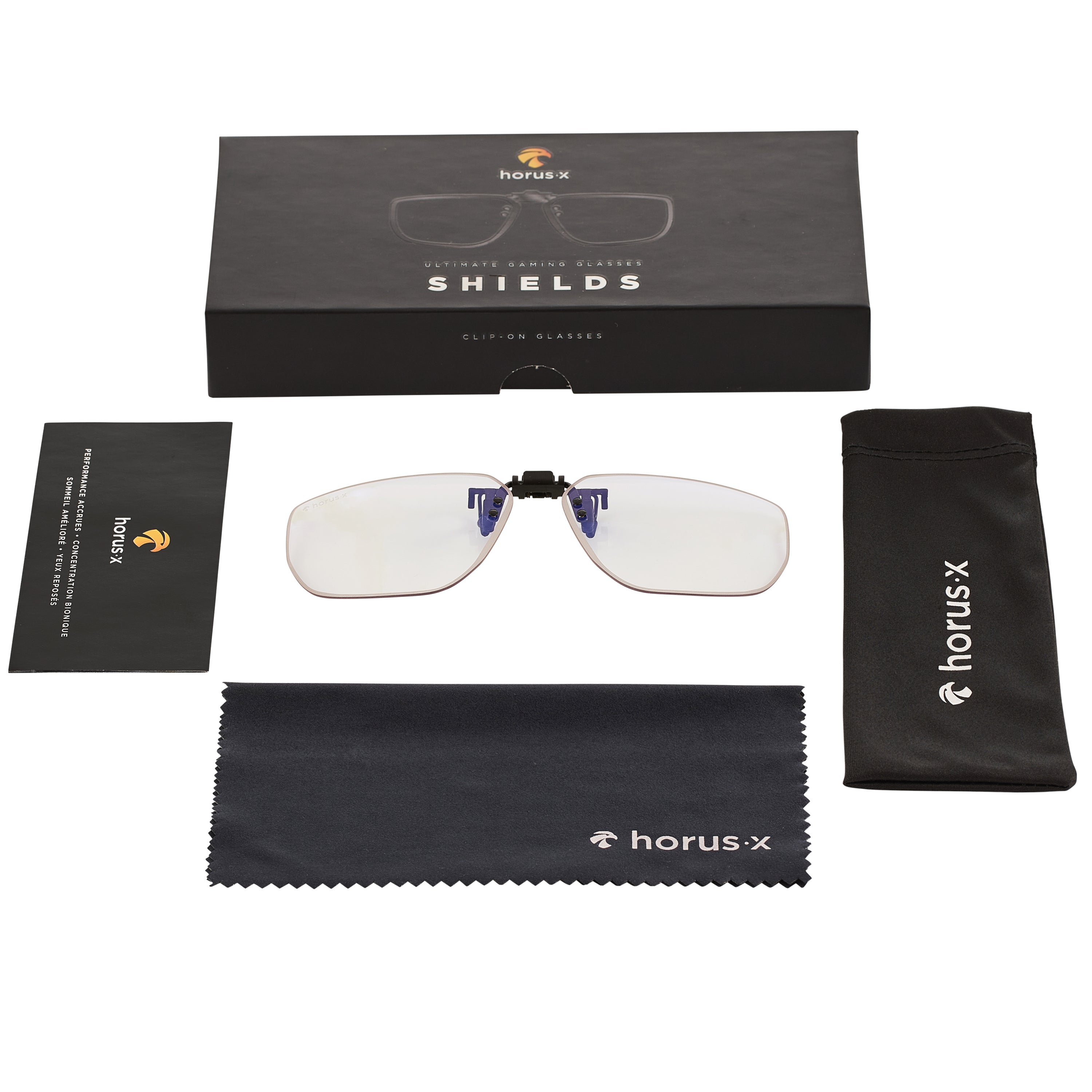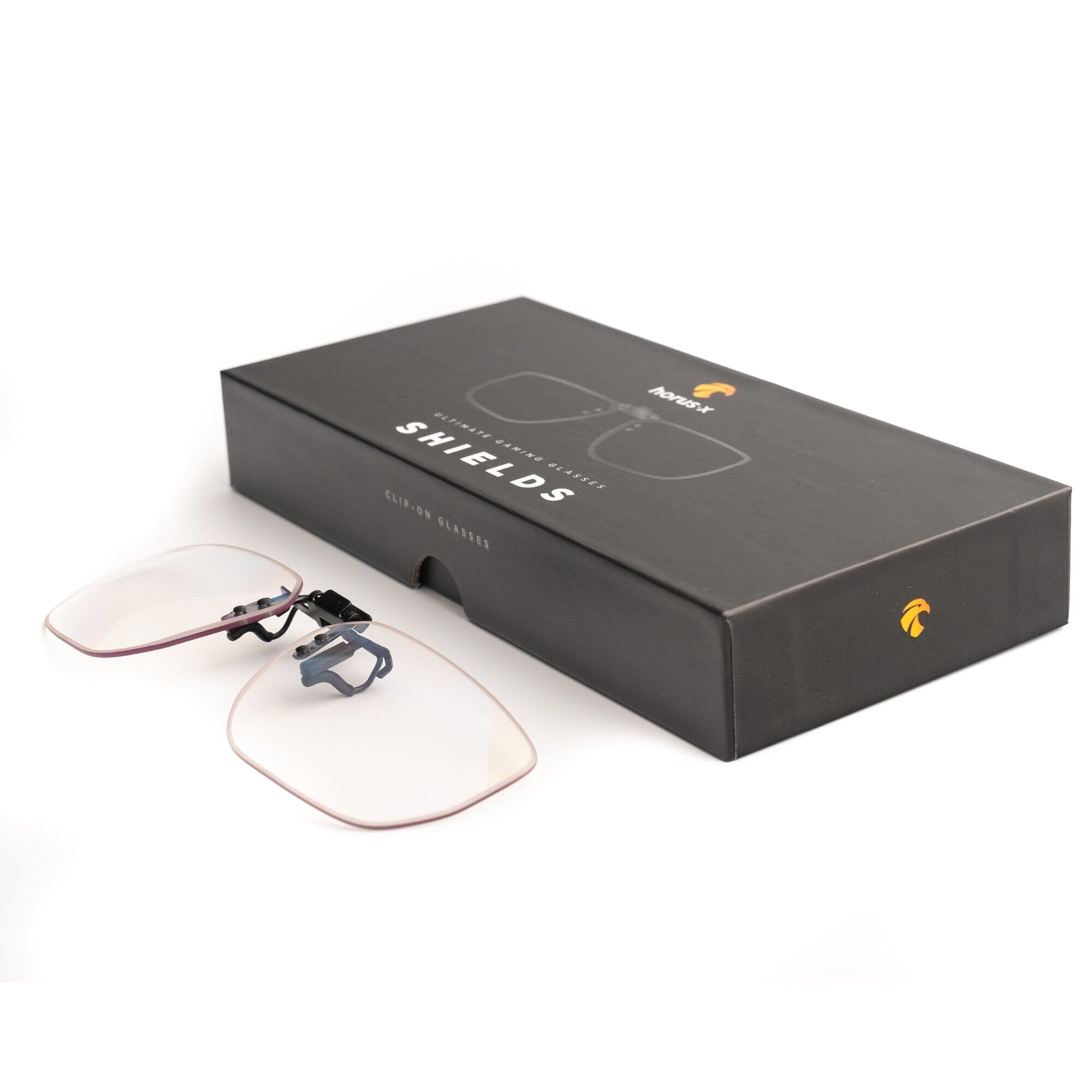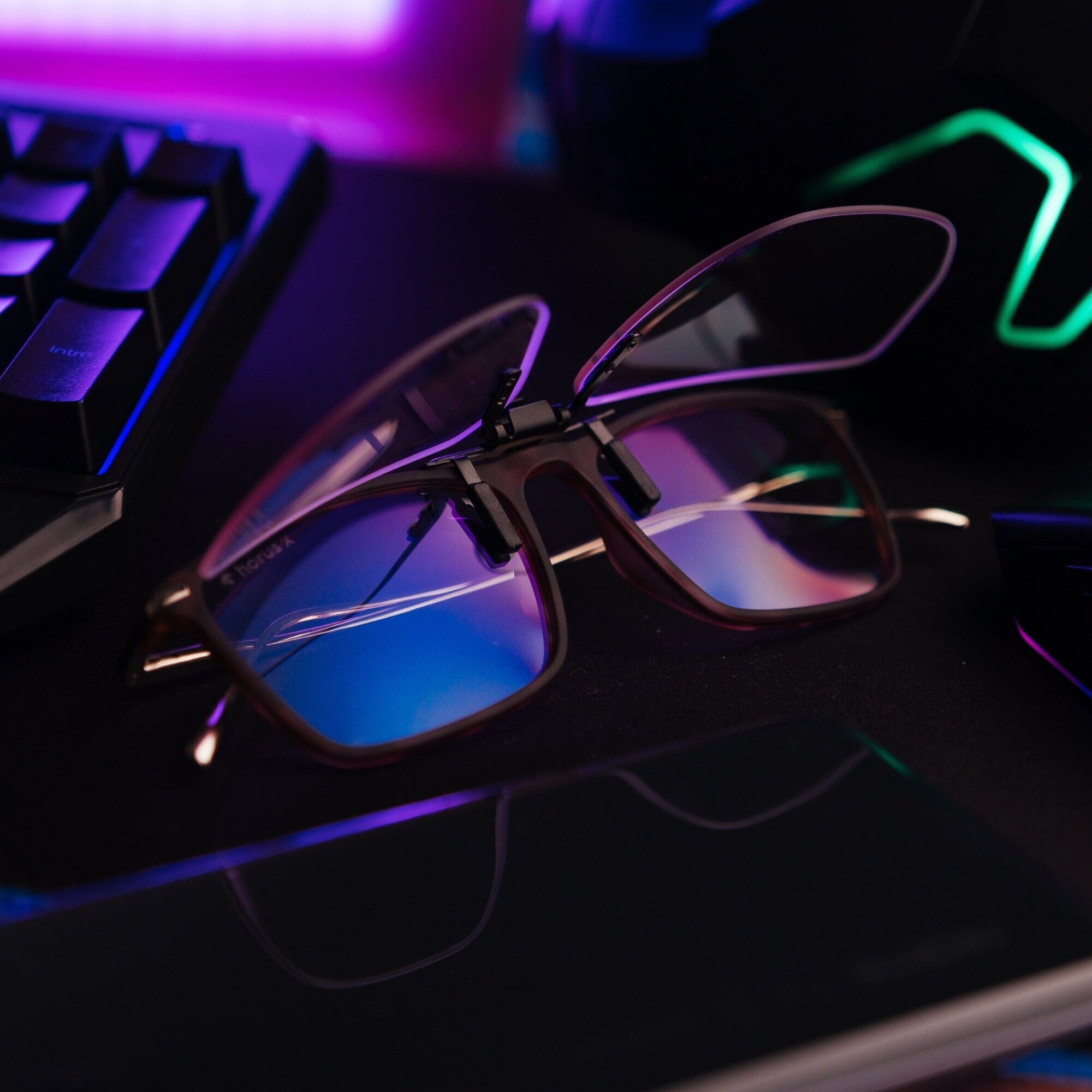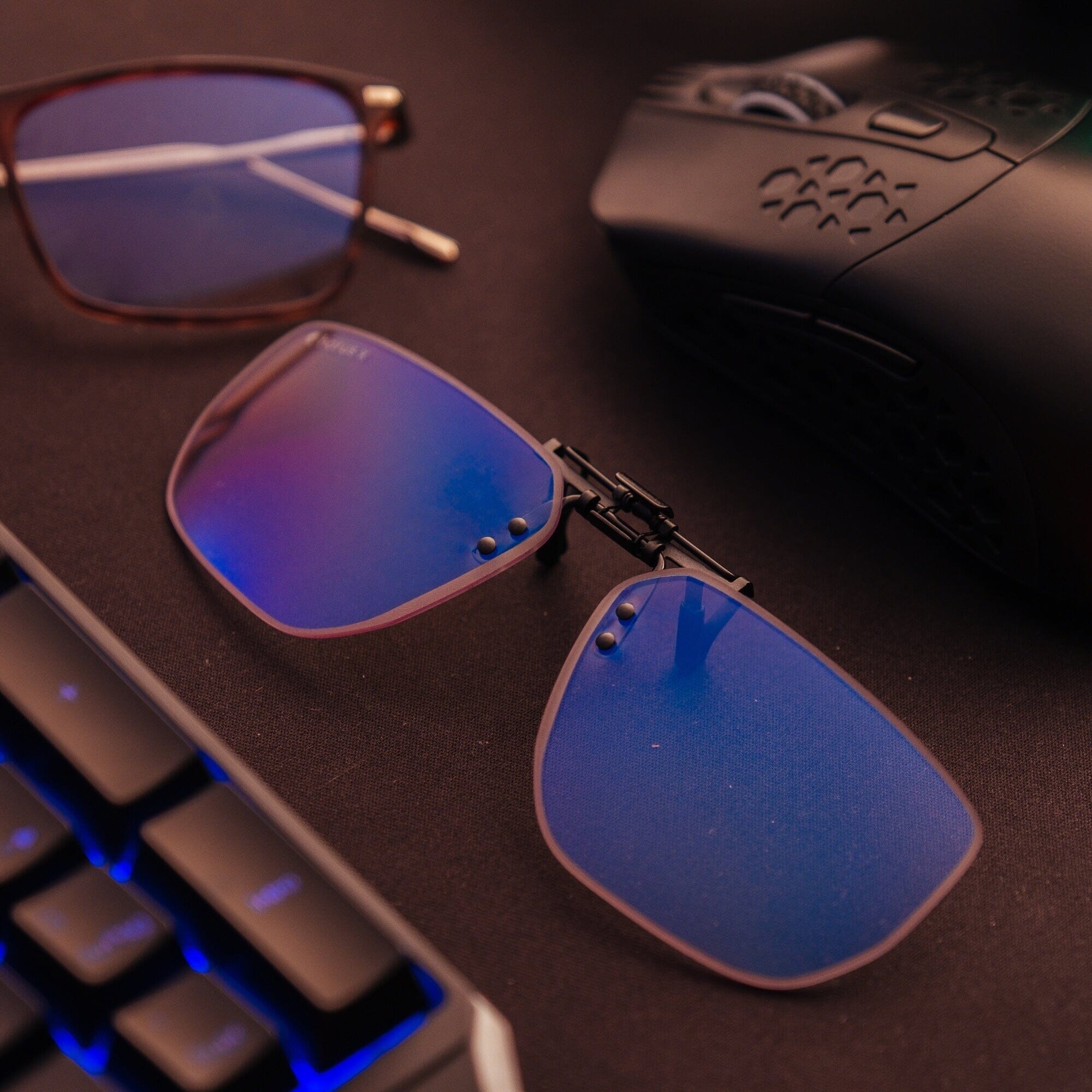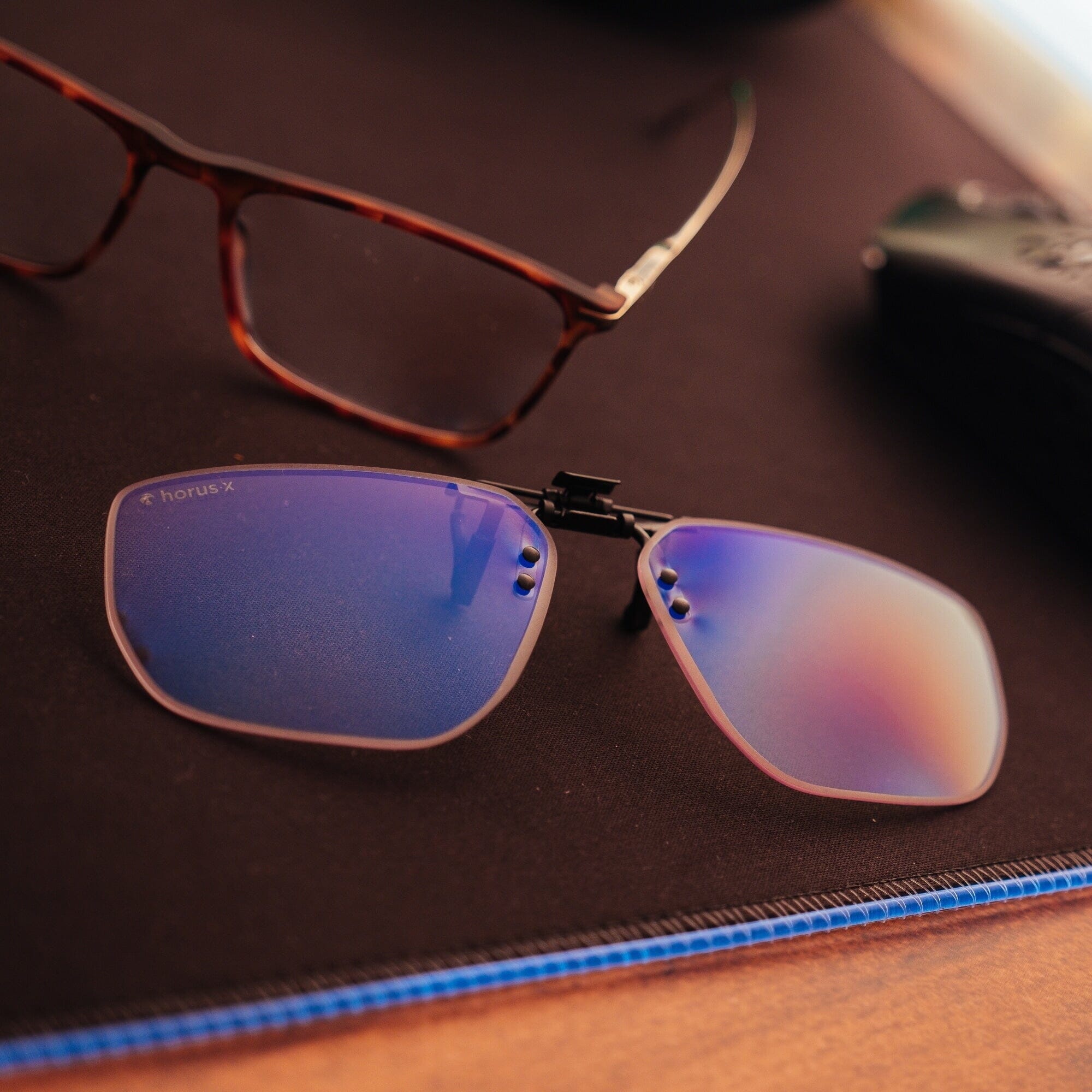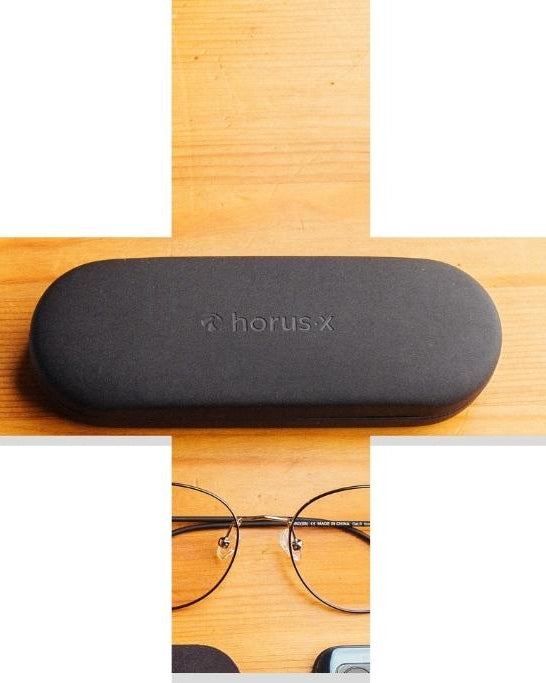If you want to look like a movie star cruising along the Italian shoreline, you need the right pair of shades to complete your look. They need to be stylish and fashionable, but even more importantly, they need to protect your eyes behind the wheel.
Figuring out which sunglasses are the best for driving means choosing ones that have the right criteria to fit your needs.
That’s why we’ve created the ultimate guide to choosing safe and stylish sunglasses for driving.
When and why we should use sunglasses for driving
We’ve all had that moment cruising down the highway when all of a sudden a bright light assails your eyes and you find yourself temporarily blinded thanks to the position of the sun. This can be dangerous, skewing your perception and making it almost impossible to see oncoming hazards, like little blue shells.
Protecting your eyes and improving your visibility while driving requires choosing a good pair of sunglasses, adapted to your eyesight and your needs.
It’s important to choose your sunglasses carefully, making sure they do all of the following:
- ✅ Protect your eyes from sun glare, so you can see clearly in all circumstances
- ✅ Protect your eyes from harmful UV rays and keep them healthy longer
- ✅ Reduce eye strain
- ✅ Improve your visual comfort and visibility, ensuring you drive safely
Which lenses and frames should you choose for your driving sunglasses?
The best sunglasses for driving are those that offer effective protection against both glare and UV rays. This will allow you to better distinguish contrasts, reliefs and depth in sunny or foggy weather.
That’s why choosing the best sunglasses for driving isn’t always easy. Beyond the trendy frame and looking good, there’s further criteria to consider when choosing your sunglasses:
- 🔢 The lens protection category (0 to 4)
- 🌈 The color of the lenses
- 🔎 Lenses that are adapted to your vision
- 🪞 Glass treatment
- 👓 The type of mount
In this section, we’ll take a look at what each of these really means.
Sunglass categories
The most important thing to do is first of all is to check your sunglasses align with the US regulations outlined in ANSI Z80.3-2018. It is essential all sunglasses adhere to these rules as they ensure UV rays are filtered out. The regulations will also guide you and help you understand the level of protection you are getting depending on the sunglass category chosen.
For example:
- ☁️ Category 0: Purely decorative; sunglasses in this category do not effectively protect against the sun's rays (only 0 – 20%. That’s almost as bad as Gollum reviews)
- ⛅️ Category 1: Light protection (around 20 to 57%)
- ☀️ Category 2: Medium protection; suitable for lightly sunny weather (57 to 82% protection)
- 🌞 Category 3: Good protection; between 82 to 92%
- 🏔 Category 4: 92 to 97% protection; reserved for specific activities in very sunny environments, such as mountaineering, water sports or walks on the surface of the sun…
➡For driving or regular daily use, we recommend choosing sunglasses no lower than category 3. These are suitably effective against UV rays and glare – ideal for driving. Category 2 doesn’t offer enough protection, and you risk being dazzled by the sun’s rays, and not in a “just saw Barbie for the first time” way. Category 4 on the other hand, can be too much and actually obscure your vision in “normal” circumstances due to their high protection level.
🚫Make sure to check local state laws! In some states like California it’s illegal to drive wearing some types of sunglasses.
For more in-depth information, don’t forget to check out our article ‘The Complete Guide to Sunglasses Categories”.

Lens color
You might think blue tinted lenses look super cool, but there’s much more to a lens color than adding to your aesthetic.
The tint on your lenses is actually very important. It affects color perception, contrast, and depth.
That’s why we advise choosing solar lenses for driving. Here are the best color choices:
- ➡ 🌚 Gray: Gray lenses are very well suited to driving, as they offer better color rendering and good visual comfort. This versatile lens tint makes it an ideal choice of lenses for driving.
- ➡ 🟤 Brown: Brown lenses offer good protection in sunny weather, especially when driving. They allow you to better perceive contrast and depth and therefore improve visibility behind the wheel.
- ➡ 🟢 Green: A good compromise between the characteristics of gray and brown lenses. These can further improve comfort and vision with better perception of contrasts and colors.
- ➡ 🟡 Yellow: This shade is particularly effective in cloudy weather or even at night. CAUTION: We recommend only using these for night driving or other very specific uses.
Sunglass lenses adapted to your vision
If you have the privilege of having eyes that are super-myopic-with-a-touch-of-astigmatism-and-glaucoma-thrown-in, then welcome to the club! We meet Tuesdays… if we can find the entrance.
As someone who is visually challenged, you know the dangers of wearing non-prescription lenses. It’s essential therefore that you ensure you get prescription sunglasses to avoid any accidents.
💡As well as being essential to yours (and everybody else's) road safety, NOT wearing your compulsory corrective lenses behind the wheel can actually be illegal and result in severe consequences like getting killed or worse…expelled (from driving).

Sunglass processing and treatment
Certain sun lens treatments can further improve your visual comfort while driving:
Anti-reflective treatment: This is clearly a plus for driving because it further reduces the risk of glare and therefore chances of swinging wildly off course.
Polarization of the lenses: If you choose sunglasses with polarized lenses, you also improve your protection against glare. Polarized sunglasses are ideal for driving as they increase your visibility and safety.
Mirror effect: This treatment increases visual comfort by reducing brightness. Make sure you choose a good, uniform treatment to get the full effects.
🚫 Note: Not all treatments are good. We really REALLY don’t recommend using photochromic lenses when driving. They become opaque too slowly for optimum driving comfort and safety; especially when going from a dark area to bright sunlight suddenly, like exiting a tunnel. In some cases, the UV protection of your windshield can actually prevent them from working properly too.
Choosing a frame type
Once you’ve decided on the type of lens that would work best for you, the next step is to figure out which shape and frame would best suit your facial features (and outfits).
But remember, as we said above, some frame types or thicknesses can be illegal in certain states so be sure to consult local laws first.
Horus X recommends sunglasses with large lenses for optimal effectiveness. With these lenses, however, it’s also important to avoid too thick temples which can restrict your field of vision and make you feel more like you’re playing VR than driving.
If you plan to wear your polarized sunglasses for long distance driving it’s also important you consider your comfort levels. What feels nice on your face after 5 minutes might be hard and uncomfortable after a few hours. Test them out, and make sure they don’t cut into the bridge of your nose or hurt behind your ears.
Horus X’s recommendation: Viva la polarized lenses!
Now that you have all the information it’s time to roll the dice and make a call.
We recommend…
🥁🥁🥁🥁
…polarized sunglasses!
These sunnies offer the best protection against bright light, giving you the visual comfort that you need when driving. Plus, they offer ultra-effective sun protection; check out Horus X’s own polarized sunglasses for top of the market safety.
Our favorite behind the wheel sunglasses are The One Sun pair as their covering shape is ideal for driving. Of course, if The Urban Sun are more your speed, they’ll do the job just as nicely. Any of our sunglasses are perfect for driving, but it’s up to you to decide which you’d prefer. Or you could just buy them all… 👀
💡Wish you could try before you buy? Horus X has an e-shop that will let you see which pairs best suit your face shape; without ever leaving your couch!

Which sunglasses are best for driving? Final thoughts
Wearing sunglasses while driving is essential. They allow you to see clearly, avoid glare, and not hurt yourself or others around you. They also offer an additional health benefit by blocking UV rays. Don’t forget, choosing a good quality pair of lenses is essential!
The best sunglasses for driving are ideally equipped with blue, grey or brown color lenses, at category 3 level. We strongly recommend choosing a pair with an anti-reflective coating if possible, and it’s even better if you can choose polarized glasses.
Wearing category 4 sunglasses while driving is extremely dangerous and might even be against the law, depending on your state. We also don’t recommend choosing photochromic glasses as they’re too slow to adapt to changes in ambient light. Make sure to also avoid sunglasses with category 0 or 1 protection, and choose a pair that will offer you the best visibility.
If you need vision correction, don’t forget to make sure your sunglasses also have corrective lenses, especially if you’re wearing them when driving!!





